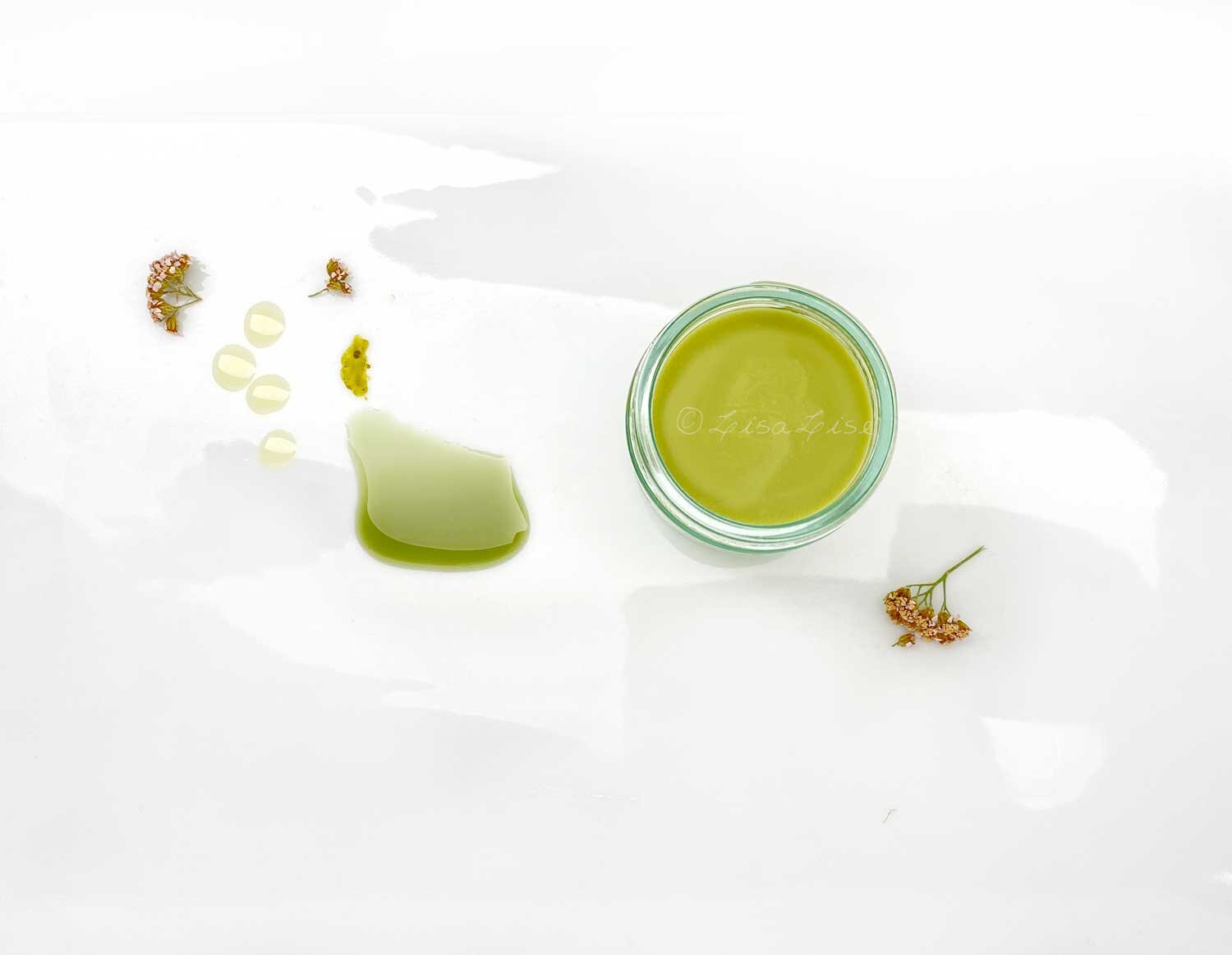Perhaps This is How 'Polyparaben' was Born
Lise
The incident in today’s post took place in 2013, but it might very well be the real story of how little 'Polly Paraben' was born. That’s her (as I imagine she looks) up there.
I know her name is (mis)spelled , but I figure if we're going to get a name wrong, we may as well give it a bit of pizazz and throw in a pic of an adorable little baby for some visual appeal.
So stick with me and hopefully you will be entertained.
It All Started That Day...
I was browsing the site of one of my regular suppliers and as I had never bought any preservatives from them, decided to check out their selection.
One product looked particularly interesting so I clicked to the product page to learn more. The preservative was a mix of preservatives that promised broad spectrum preservation.
Then I noticed one of the listed ingredients in the mix: it was polyparaben.
Polyparaben?
'This is obviously a typo', I thought and proceeded to write them a courteous email linking to the page in question. I asked them to confirm this was just a typo for propylparaben.
But apparantly not.
The person who received my email (let’s call her (Shirley) had contacted her warehouse manager (to double check) and the official reply was: "I have spoken to the warehouse manager and he tells me there is such a thing as polyparaben, so we don’t think this is a typo."
Don't think this is a typo?
Shirley, You Jest
I wrote them back with a list of links to sources and documentation and finished the mail with a polite 'please ask your warehouse manager to contact me if there are any questions. I would like to purchase and try this preservative but neither can nor will label any of my products with a fictive ingredient'.
A day later (still awaiting their reply), I popped over to their site to check on another product and decided to check in on 'Polly'.
Here's what I found:
The ingredient list had been corrected. Polyparaben had been replaced with propylparaben.
Good for them for their prompt attention to this matter.
But Then I Got to Thinking
This company is pretty sizeable and provides ingredients (as well as some packaging) to manufacturers around the globe of almost all sizes – from medium/large all the way down to teensy-sized operations such as my own.
They have departments in several countries and a stock-list as long as your arm, leg and more to come. In short, they have a LOT of bits and pieces to keep track of.
Imagine – if you will – that they had been selling this preservative for years. And imagine also that nobody noticed this insignificant-looking typo until I happened along and pointed it out to them.
Wouldn't be logical to assume that this could be where the whole polyparaben misunderstanding got started in the first place?
We'll never know for certain, but I can't help wondering.
PS: The e-books below don’t contain any preservatives at all.






















